For the first time, the activity of an enzyme in a crowded environment vs a nonencapsulated enzyme is studied.
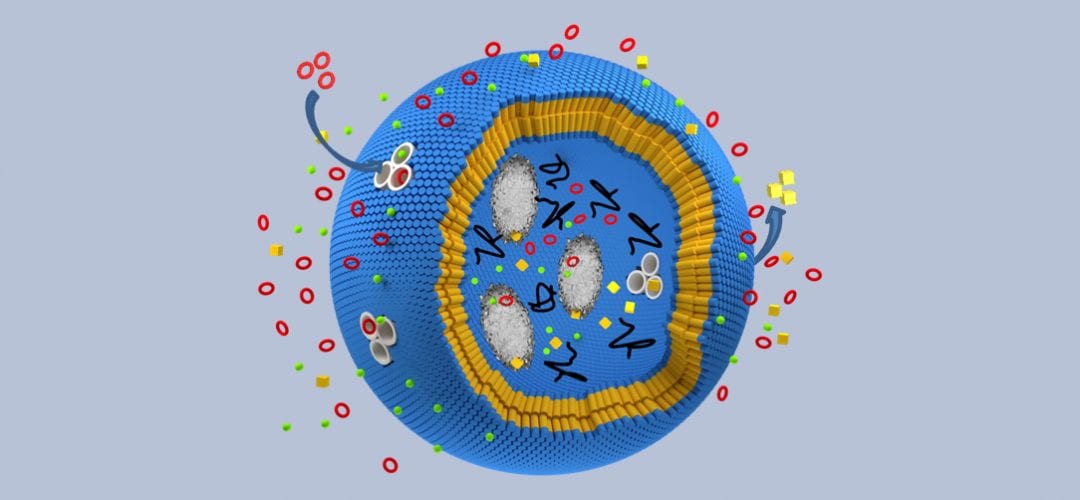

For the first time, the activity of an enzyme in a crowded environment vs a nonencapsulated enzyme is studied.
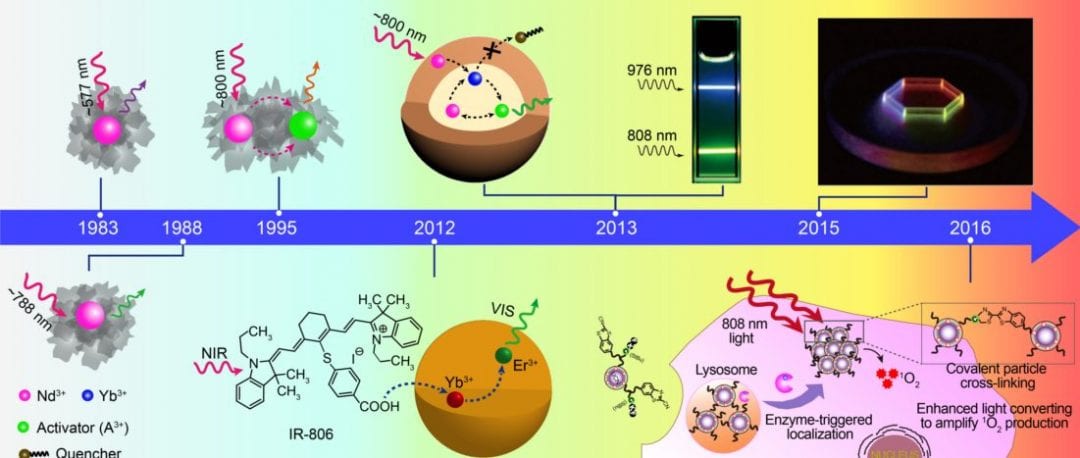
Current advances in that latest progress in shifting the upconversion excitation wavelengths of lanthanide doped upconversion nanoparticles to a biological “sweet spot” of 800nm.
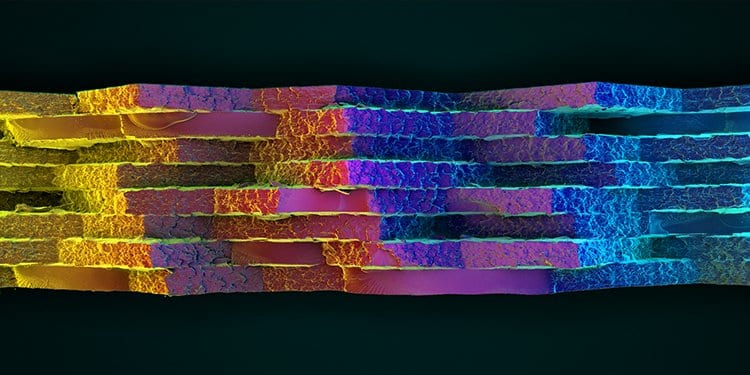
Parametric modeling tools from the architectural design world are combined with 3D printing and material testing technologies from materials science to populate gaps in anatomical space.

A chemically assisted focused-helium-ion-beam-induced etching process is introduced.
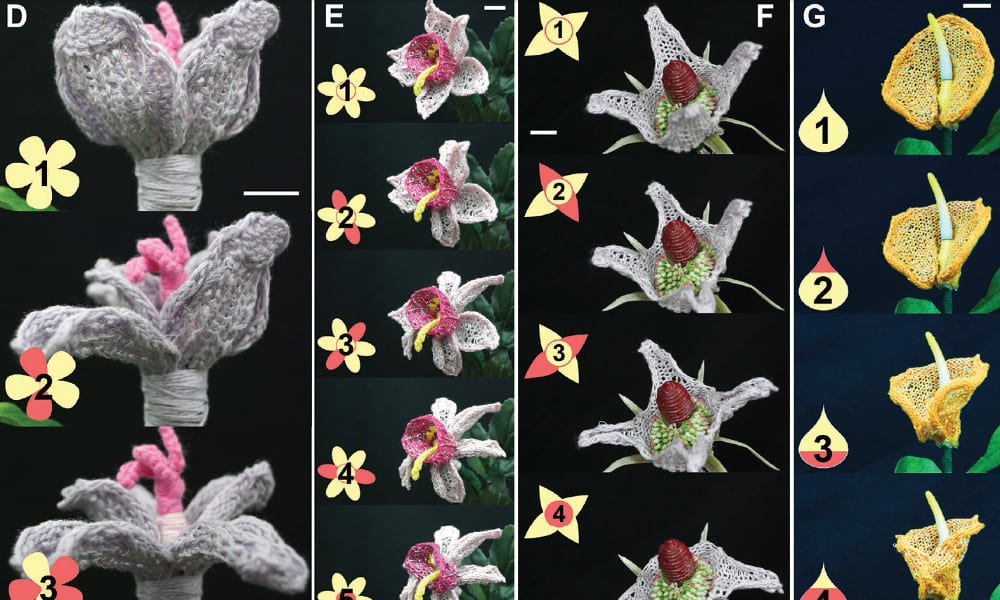
Knitted soft morphing flowers—lilies, daffodils, gamopetalous and calla flowers—are fabricated using thermally responsive smart fibres.
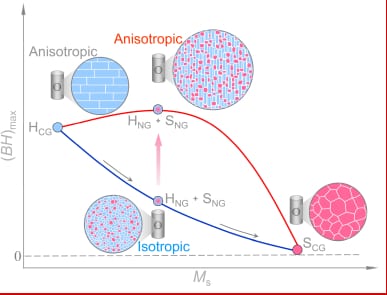
An exciting new strategy and direction in the quest for stronger permanent-magnet materials with fewer critical elements.
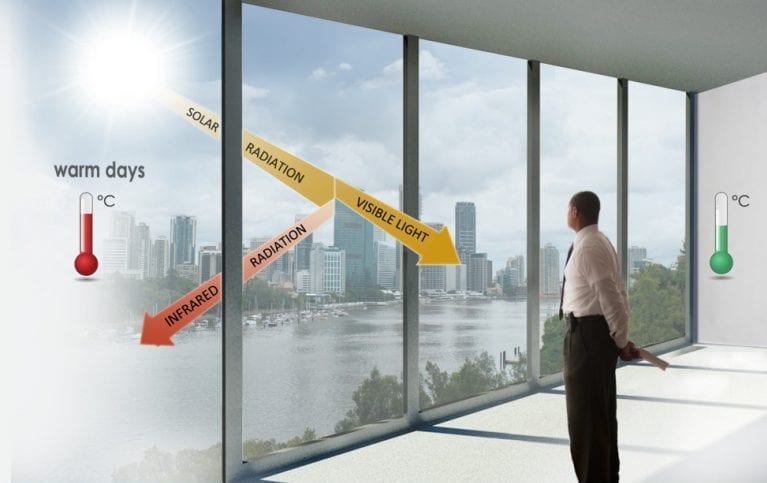
The next generation of smart windows based on organic materials which can change their properties by reflecting or transmitting excess solar energy in such a way that comfortable indoor temperatures can be maintained throughout the year.
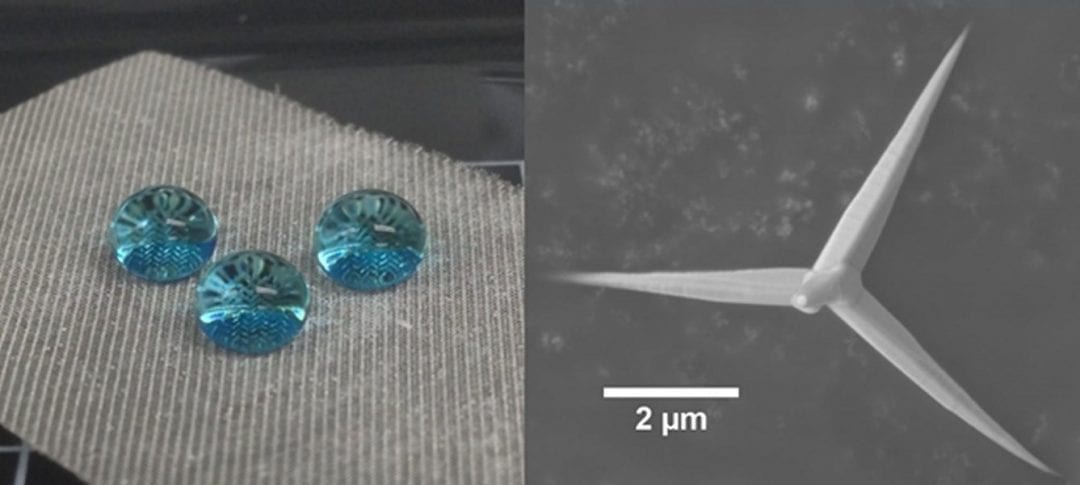
A robust inorganic system capable of handling the extreme heat and wear typical of oil extraction has been developed that engineers complete separation of water and oil.
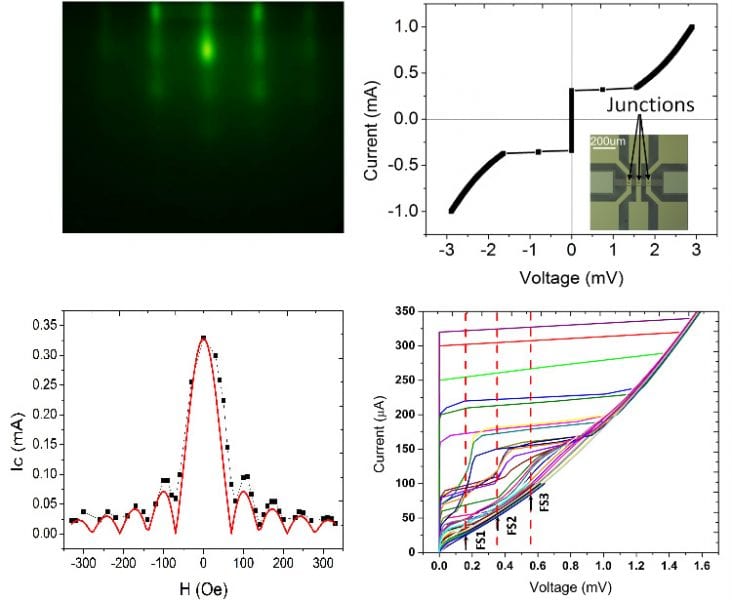
With help of in situ reflection high-energy electron diffraction patterns, a method to grow high quality MgB2 films on whole Si wafers by adopting a self-limiting growth process is demonstrated.
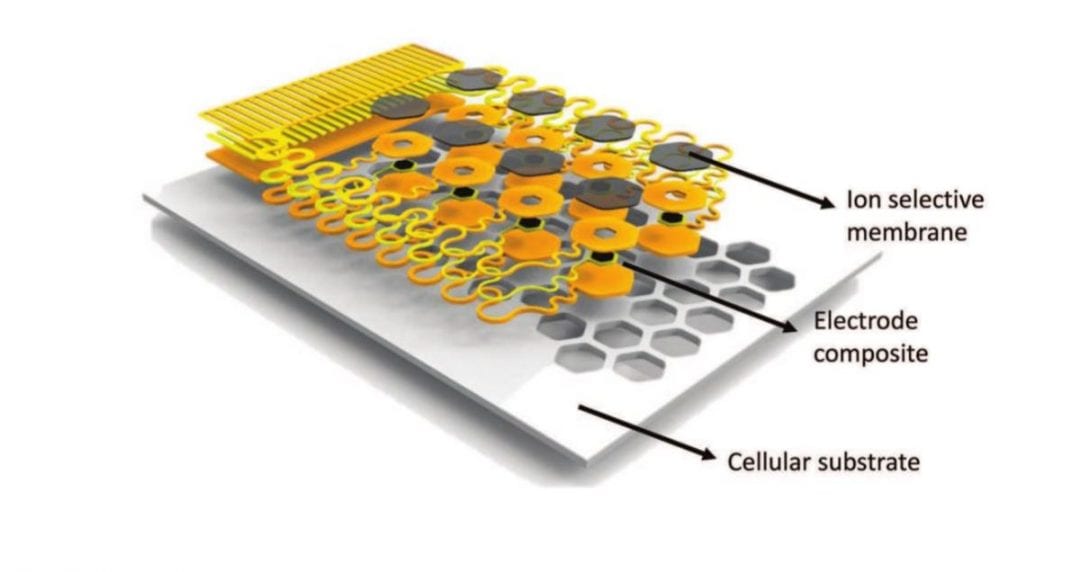
Thin, stretchable chemical sensing systems that mount on open cellular substrates for biofluids.